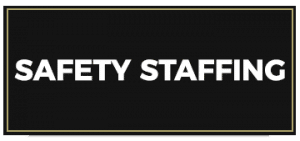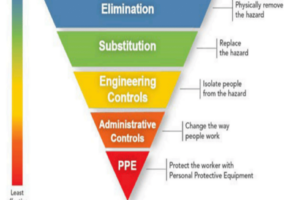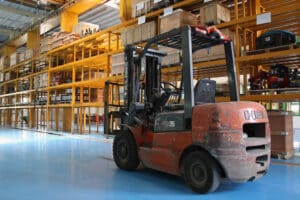OSHRC Decision on Controlling Employer Responsibility
On Feb. 1, 2019, the Occupational Safety and Health Review Commission (OSHRC) reversed an OSHA citation issued to Suncor Energy Inc. as the controlling employer for a fall protection violation. The Commission vacated the citations for two primary reasons:
- Suncor had implemented a robust safety program that met and exceeded OSHA standards.
- Suncor had implemented a rigorous enforcement program that removed employees from the worksite for a single violation of its fall protection safety procedures.
Suncor operated a refinery in Commerce City, Colorado, and was engaged in a 30-day “turnaround” involving several major projects, one of which was the replacement of heater tubes. Replacement of the tubes involved several contractors and required the erection of a three-level scaffold. Suncor had a specific Turnaround Fall Protection Plan, which required that scaffolding be equipped with guardrails.
At some point, after the scaffold was erected, the guard rails on the third level were removed. Suncor’s safety program required contractors to attach a yellow tag to any incomplete scaffold. There was a tag attached to the scaffold in the heater. One of Suncor’s subcontractors had two employees scheduled to inspect the welds, requiring them to enter the heater and climb to the third level of the scaffold where the guardrails were missing.
The two employees of a subcontractor obtained a safe work permit and then performed a job safety analysis. The JSA required fall protection, and they entered the heater wearing harnesses but without lanyards, self-retracting lifelines (yo-yos), or fall-restraining devices. After several hours, one subcontractor employee working on the third level of the scaffold fell 25 feet, sustaining serious injuries.
OSHA issued Suncor a citation alleging two serious violations and one other-than-serious violation. The violation that went before the OSHRC was for violating § 1926.451(g)(1), which states, “each employee on a scaffold more than 10 feet above a lower level shall be protected from falling to that lower level.” Because Suncor “did not ensure that [subcontractor] employees were protected from falling while working on a tubular welded system scaffold,” Suncor was cited as a controlling employer under OSHA’s Multi-employer citation policy.
Suncor did not contest that it was a controlling employer but argued that it did not have constructive notice of the violative condition. The ALJ disagreed and found that Suncor had failed to exercise reasonable care and did not make use of several opportunities to become aware of the condition. The OSHRC found that the violative condition existed for only a few hours – the time the subcontractor workers were inside the heater. It also found that there was no practical way for Suncor to discover the violative condition.
The Commission considered that the controlling employer has a “secondary safety role” at the worksite. The decision makes it clear that controlling employers can limit their liability and exposure to OSHA citations by implementing and enforcing a comprehensive safety plan and exercising general authority over workplace safety and health on the projects they manage.
The full OSHRC decision can be viewed at: https://www.oshrc.gov/assets/1/18/Suncor_Energy%5E13-0900_Commission_Decision1.pdf?8281





